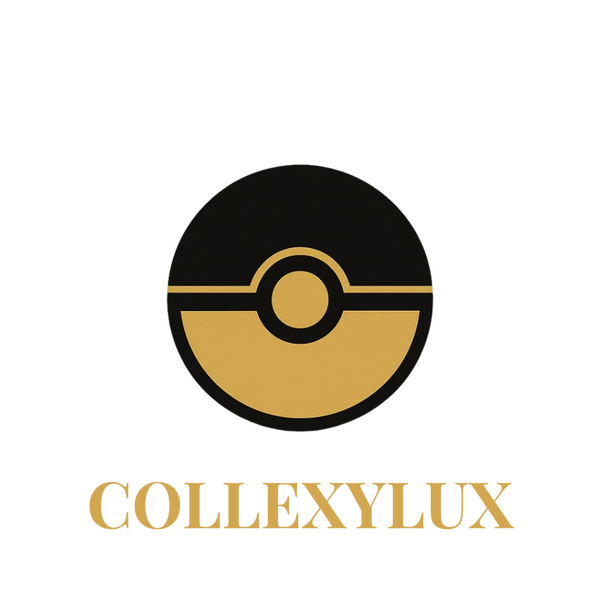
How to Rate Your Pokémon Cards – A Visual Guide
Share
How to Rate Your Pokémon Cards – A Visual Guide
Not sure what your Pokémon cards are worth? Here's a visual walkthrough of the card rating scale – from Mint to Poor – with pictures of my own cards.
My assessment: A card should only be called Mint if it is graded as such by an authority like PSA or Beckett. Anything else is at most Near Mint .
What is assessment – and why does it matter?
Rating is a scale of the status of your trading card – and has a great impact on both price, credibility and value when selling and trading. The system is used on trading cards and playing cards and is based on checking, among other things:
- Corners and edges
- Surface (scratches, shine, pressure marks)
- Centering
- Color and printing errors
Assessment is used as a term when a private individual or collector visually examines the card themselves – for example by comparing it with other cards or following assessment guides.
Grading, on the other hand, is done through a certified company such as PSA , Beckett or CGC , where the card undergoes a professional inspection and is given an official grade (e.g. PSA 10 GEM MINT).
Therefore, designations such as Mint or GEM MINT should only be used if the card has been officially graded .
The most well-known grading companies are:
Rating scale with pictures
KEEP MINT (PSA 10)
- Perfect centering, no scratches or whitening
- Typically only obtained through professional grading

Check out my graded GEM MINT Radiant Charizard – an example of perfect condition.
MINT (M)
- Almost perfect – 1 micro flaw may occur
- No visible whitening or pressure marks

Here is my PSA 9 Charizard GX – rated Mint , but not quite perfect.
NEAR MINT (NM)
- Small surface defects, slight whitening
- No major scratches or dents


My Meowth and Venusaur EX are rated as NM – but show two different scenarios depending on card type.
EXCELLENT (EX)
- Light wear, visible whitening and surface defects
- Often worn without sleeves but still nice

See my Dragonair in EX condition – typical example of a carefully played card without a sleeve.
GOOD (GD)
- Visible wear – multiple scratches and edge defects
- No fold, but ready used

Blastoise clearly shows scratches in holo, wear and some discoloration - classic GOOD condition.
LIGHT PLAYED (LP)
- Several small scratches and discoloration
- Has been used without protection

Articuno in LP – you can clearly see paint peeling, a "crease" and many micro scratches.
PLAYED (PL)
- Many scratches, whitening, bent corners
- Suitable for gaming only, not collection

My Vibrava has obvious scratches and dents – classic Played cards.
POOR (PR)
- Major damage – creases, tears, ink, water damage
- Primarily sentimental value

Glaceon here shows heavy damage to card and back – rated Poor .
3 tips for evaluating your own cards
- Light: Use daylight or white LED
- Tilt the card: Spot scratches or printing errors on the surface
- Check centering: Is the frame the same all the way around?
👉 Use this guide the next time you need to evaluate.
When does it make sense to get a graded card?
It all depends on the purpose: Grading can be obvious for investment , sentimental value or recognition in the market . First consider:
- Is the card rare, popular, or sought after?
- Can the value exceed the cost of grading (PSA/BGS)?
- Do you want to ensure proof of condition, authenticity and long-term value?
Even cards in Excellent or Good condition may make sense to have appraised if demand or sentimental value justifies it.
Ready to buy or sell Pokémon cards?
🔍 Check out our selection at CollexyLux – we have both graded cards , vintage packs and assessment tools.
